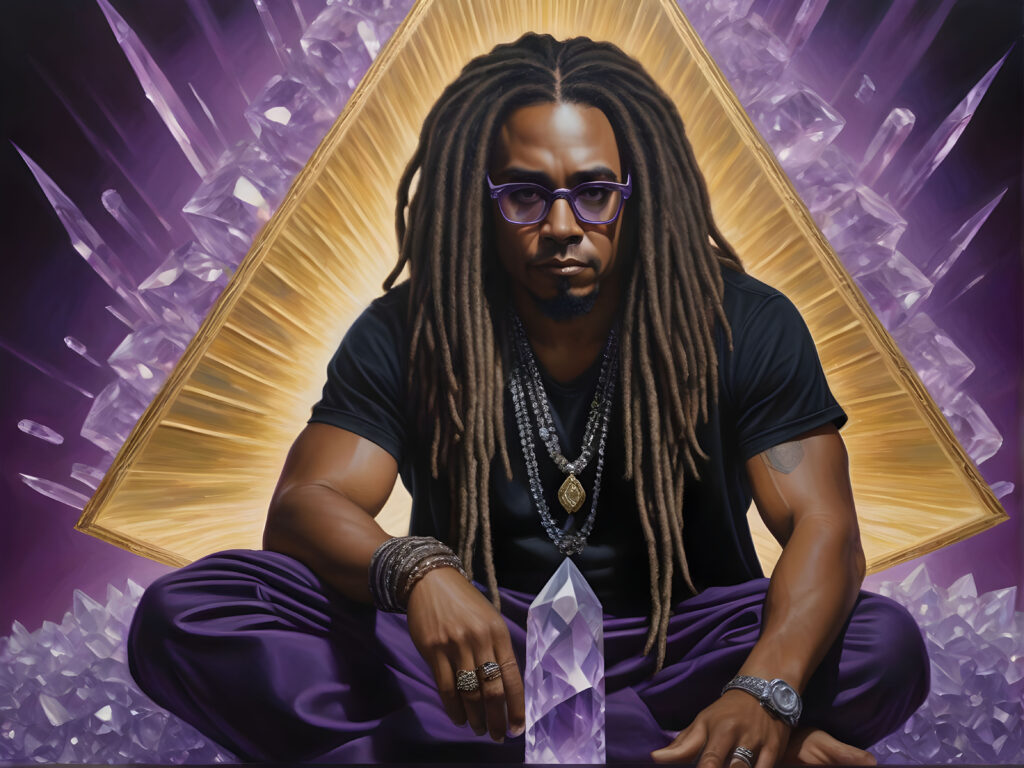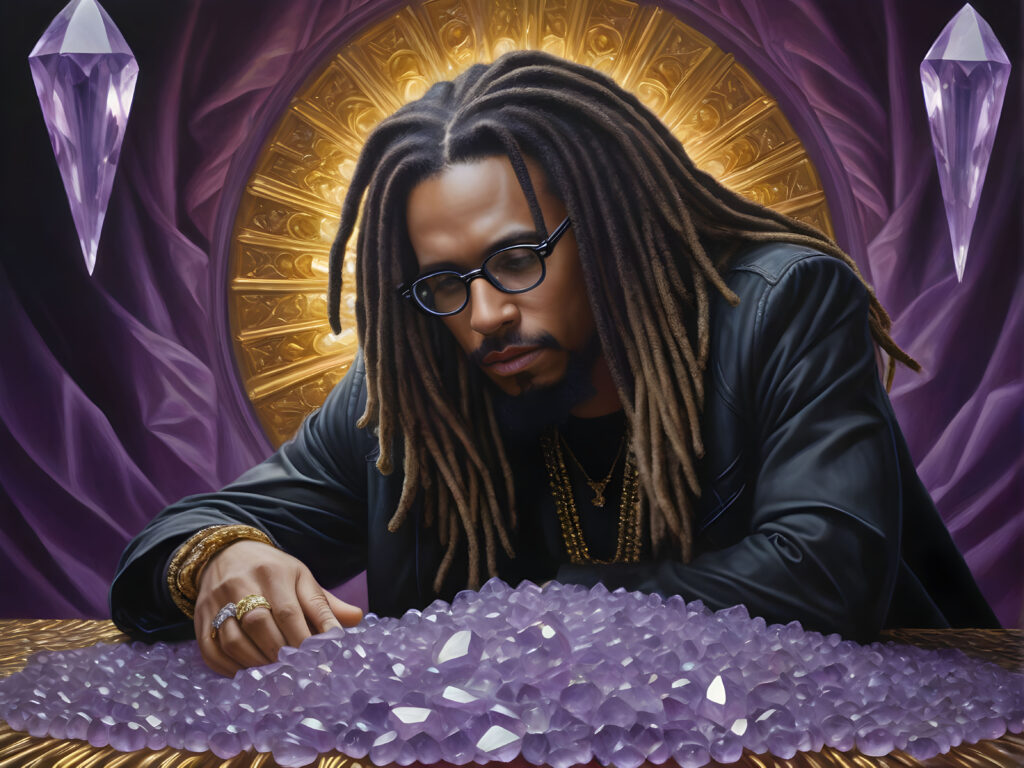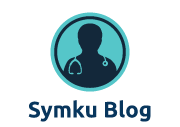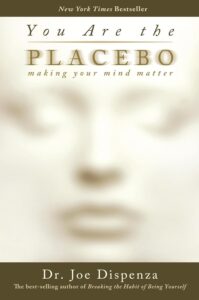In recent years, there’s been a surge in popularity of alternative healing methods, with crystals and stones taking center stage. From amethyst-infused water bottles to rose quartz facial rollers, these shimmering minerals have captured the imagination of wellness enthusiasts worldwide. But what’s really behind this crystal craze? Let’s dive into the phenomenon of crystal healing, its roots in the hippie movement, and how the placebo effect plays a crucial role in its perceived benefits.

The Rise of Crystal Healing
Walk into any trendy wellness store today, and you’re likely to find an array of colorful crystals promising everything from stress relief to enhanced creativity. Proponents claim these stones possess unique energies that can influence our physical and emotional well-being. But despite the lack of scientific evidence supporting these claims, the crystal healing industry continues to thrive.
This modern crystal boom isn’t entirely new. It has its roots in the counterculture movements of the 1960s and 1970s, particularly the hippie subculture. The hippie movement, with its emphasis on natural living and rejection of mainstream medicine, provided fertile ground for alternative healing practices to take hold.
The Hippie Movement and Alternative Healing
The hippie movement of the 1960s was characterized by a desire to break free from societal norms and explore new ways of living. This included a keen interest in Eastern philosophies, natural remedies, and holistic approaches to health. As hippies sought alternatives to Western medicine, they embraced practices like meditation, yoga, and herbal remedies.
Crystal healing found its place within this paradigm shift. The idea that stones could possess healing energies aligned perfectly with the hippie ethos of connecting with nature and harnessing its power. As the movement spread, so did the belief in the healing properties of crystals.
The Power of Placebo
While there’s no scientific evidence supporting the direct healing effects of crystals, many users report positive experiences. This is where the placebo effect comes into play. The placebo effect is a remarkable phenomenon where a person experiences real benefits from a treatment that has no active therapeutic properties.
In the context of crystal healing, the placebo effect can be particularly powerful. When someone believes a crystal will help them, several factors contribute to a perceived positive outcome:
- Expectation: The belief that a treatment will work can actually lead to measurable physiological changes in the body.
- Ritual: The act of choosing a crystal, holding it, or meditating with it creates a ritual that can be calming and centering.
- Mindfulness: Using crystals often involves moments of quiet reflection, which can reduce stress and promote well-being.
- Community: Being part of a community that believes in crystal healing can provide social support and a sense of belonging.
These factors combine to create real experiences of relaxation, reduced stress, and improved mood – even if the crystals themselves aren’t directly causing these effects.

The Modern Crystal Renaissance
Fast forward to today, and we’re seeing a resurgence of interest in crystals and other alternative healing methods. This modern crystal renaissance shares some similarities with its hippie predecessor but has also evolved in unique ways:
- Social Media Influence: Platforms like Instagram and TikTok have amplified the visual appeal of crystals, turning them into trendy accessories as much as healing tools.
- Wellness Industry Integration: Crystals have been incorporated into mainstream wellness products, from skincare to home decor.
- Scientific Language: Modern crystal proponents often use scientific-sounding terms like “energy frequencies” to lend credibility to their claims, even if these concepts aren’t scientifically validated.
- Commercialization: Unlike the DIY ethos of the hippie era, today’s crystal market is highly commercialized, with luxury crystal products commanding high prices.
Navigating the Crystal Landscape
As crystal healing continues to gain popularity, it’s important to approach the trend with a balanced perspective:
- Recognize the Placebo Effect: Understanding that the benefits of crystal healing may be largely due to the placebo effect doesn’t negate the positive experiences people have. The mind-body connection is powerful, and if holding a crystal helps someone feel calmer or more focused, that’s a real benefit.
- Prioritize Evidence-Based Care: While crystals can be a complementary practice for some, they should not replace evidence-based medical treatments for serious health conditions.
- Embrace Mindfulness: Many of the reported benefits of crystal healing come from the mindfulness practices associated with their use. These practices can be valuable with or without crystals.
- Consider Environmental Impact: The mining of crystals can have significant environmental consequences. If you choose to use crystals, research ethical sourcing options.
- Stay Curious and Critical: Approach crystal healing and other alternative practices with an open but critical mind. Be willing to explore, but also to question claims and seek out reliable information.

In conclusion, the modern crystal healing trend, with its roots in the hippie movement, offers an interesting lens through which to examine the placebo effect and our ongoing search for wellness and meaning. Whether you’re a crystal enthusiast or a skeptic, understanding the psychological and cultural factors at play can provide valuable insights into human nature and our enduring fascination with the promise of natural healing.
Hey there! We hope you love our fitness programs and the products we recommend. Just so you know, Symku Blog is reader-supported. When you buy through links on our site, we may earn an affiliate commission at no extra cost to you. It helps us keep the lights on. Thanks.
Disclaimer: The information provided in this discussion is for general informational and educational purposes only. It is not intended as medical or professional advice. Only a qualified health professional can determine what practices are suitable for your individual needs and abilities.

